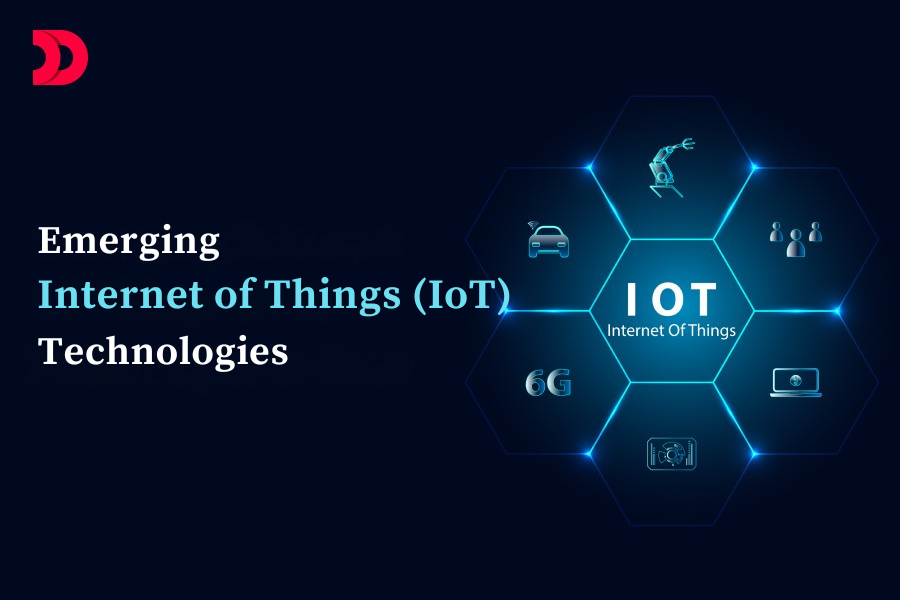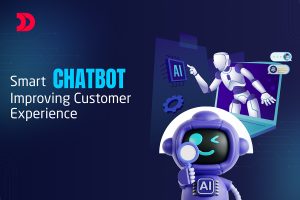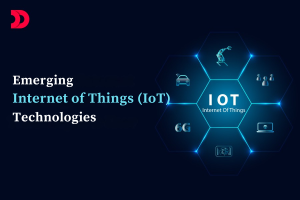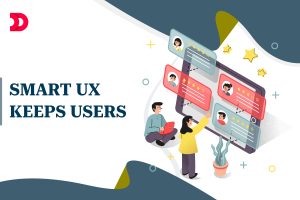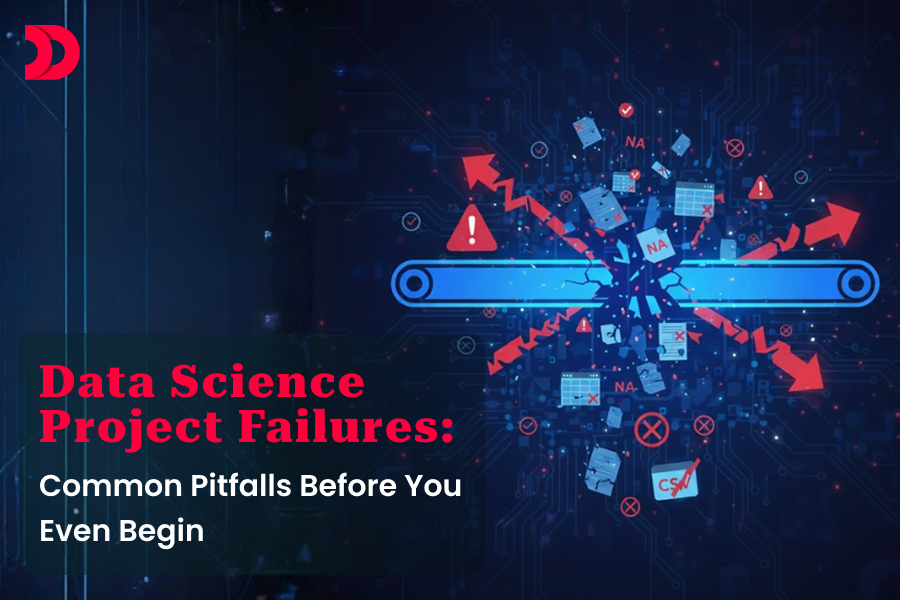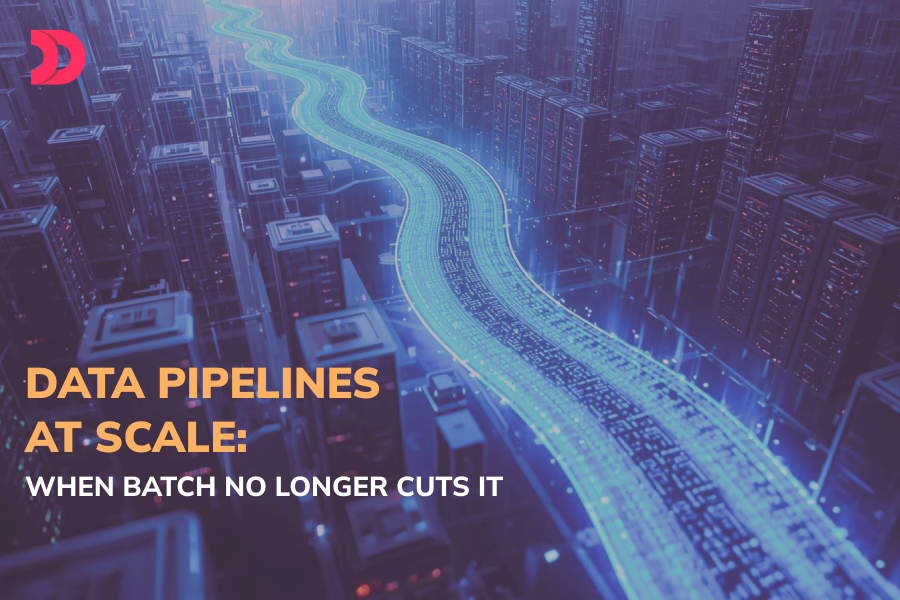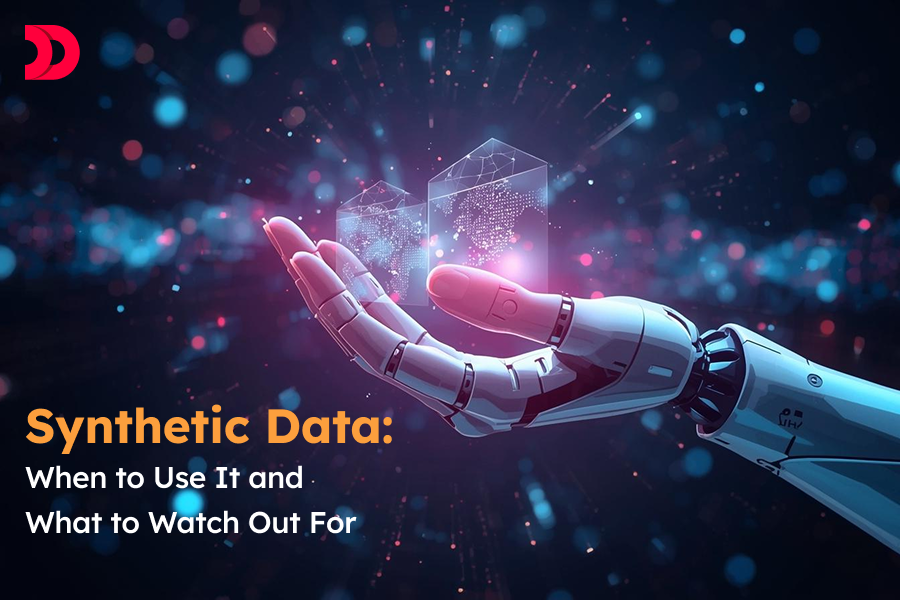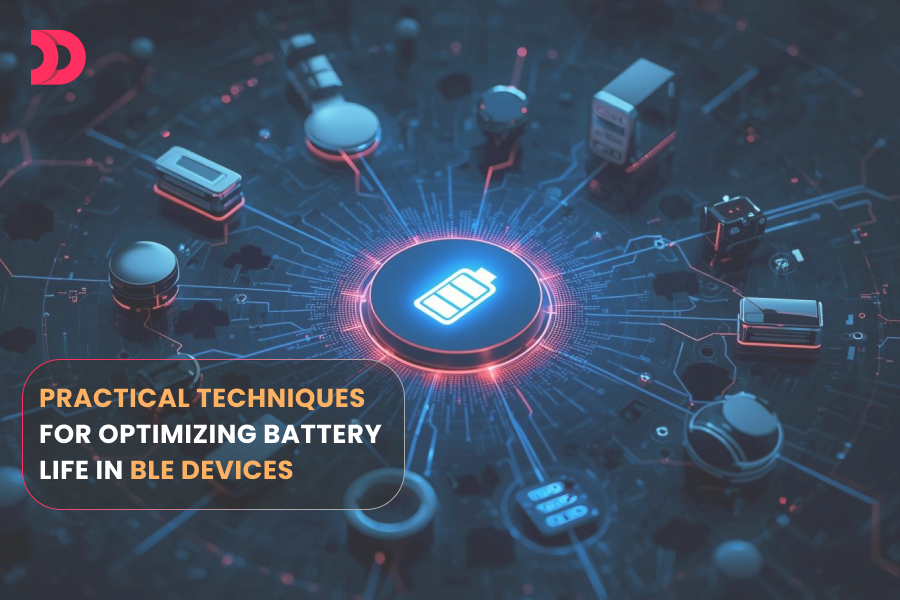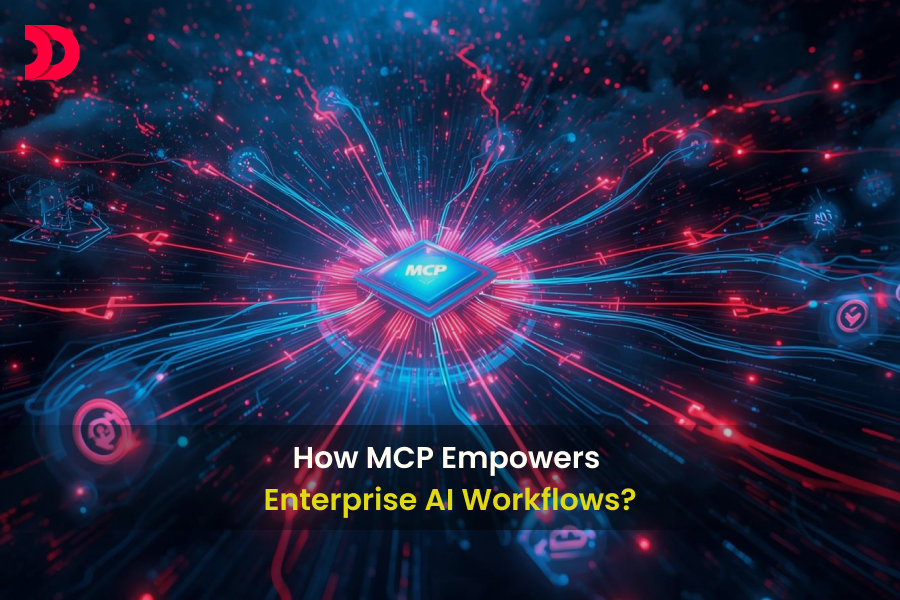The Internet of Things (IoT) continues to transform industries, from healthcare and manufacturing to smart homes and cities. As we move into 2025, advancements in connectivity, artificial intelligence, and edge computing are driving the next wave of IoT innovation. This blog explores the emerging IoT technologies that are set to shape the future, offering businesses and consumers new opportunities for efficiency, automation, and connectivity.
What is IoT?
IoT refers to the network of interconnected devices that collect, share, and analyze data to enable smarter decision-making. These devices, equipped with sensors, software, and connectivity, range from smart thermostats and wearables to industrial machinery and autonomous vehicles. In 2025, IoT is expected to grow exponentially, with an estimated 75 billion connected devices worldwide, according to industry forecasts.
Let’s dive into the top emerging IoT technologies to watch in 2025.
- 5G-Advanced and 6G Connectivity
The rollout of 5G has already transformed IoT with faster speeds, lower latency, and support for massive device connectivity. In 2025, 5G-Advanced—an enhanced version of 5G—will further optimize IoT applications with features like ultra-reliable low-latency communication (URLLC) and network slicing. Additionally, early research into 6G promises even greater capabilities, such as terabit-per-second speeds and holographic communication, paving the way for next-generation IoT use cases.
Applications:
- Real-time remote surgery in healthcare.
- Autonomous vehicles with seamless vehicle-to-everything (V2X) communication.
- Smart cities with millions of connected sensors.
Why It Matters: Enhanced connectivity ensures IoT devices can handle high-bandwidth, low-latency tasks, enabling innovations in industries like logistics, agriculture, and urban planning.
- Edge Computing and IoT
Edge computing, which processes data closer to the source rather than in centralized cloud servers, is becoming a cornerstone of IoT. In 2025, advancements in edge AI and edge-native IoT platforms will reduce latency, lower bandwidth costs, and enhance data privacy by processing sensitive data locally.
Applications:
- Real-time quality control in smart factories.
- Predictive maintenance for industrial equipment.
- Smart retail with personalized in-store experiences.
Why It Matters: Edge computing enables faster decision-making and supports IoT deployments in remote or bandwidth-constrained environments, such as offshore wind farms or rural healthcare facilities.
- AI-Powered IoT (AIoT)
The convergence of artificial intelligence and IoT, known as AIoT, is unlocking smarter, more autonomous systems. In 2025, AI algorithms will increasingly run on IoT devices, enabling real-time analytics, predictive modeling, and adaptive responses without relying on cloud connectivity.
Applications:
- Smart home devices that learn user preferences (e.g., adjusting lighting based on behavior).
- Predictive healthcare wearables that detect early signs of illness.
- Supply chain optimization with AI-driven demand forecasting.
Why It Matters: AIoT enhances the intelligence of IoT devices, improving efficiency and enabling applications that require instant, context-aware decisions.
- Low-Power Wide-Area Networks (LPWAN) 2.0
LPWAN technologies like LoRaWAN, NB-IoT, and Sigfox have been critical for low-power, long-range IoT applications. In 2025, LPWAN 2.0 will introduce improvements such as higher data rates, better security, and integration with 5G networks, making them ideal for large-scale IoT deployments.
Applications:
- Smart agriculture with soil and weather sensors.
- Asset tracking in logistics and shipping.
- Smart metering for utilities (water, gas, electricity).
Why It Matters: LPWAN 2.0 enables cost-effective, battery-efficient IoT solutions for applications requiring long-range connectivity, such as environmental monitoring and smart grids.
- Digital Twins
A digital twin is a virtual replica of a physical object or system, updated in real time with IoT data. In 2025, digital twin technology will mature, driven by advancements in IoT sensors, AI, and cloud computing. This technology allows businesses to simulate, monitor, and optimize physical assets with unprecedented accuracy.
Applications:
- Predictive maintenance for wind turbines or aircraft engines.
- Urban planning with real-time simulations of traffic or energy usage.
- Product design testing in manufacturing.
Why It Matters: Digital twins reduce downtime, improve operational efficiency, and enable data-driven innovation across industries like aerospace, automotive, and construction.
- Blockchain for IoT Security
Security remains a critical concern for IoT, as connected devices are vulnerable to cyberattacks. In 2025, blockchain technology will play a larger role in securing IoT ecosystems by providing decentralized, tamper-proof data management and authentication.
Applications:
- Secure supply chain tracking for pharmaceuticals or food.
- Smart contracts for automated, transparent IoT transactions.
- Device identity management to prevent unauthorized access.
Why It Matters: Blockchain enhances trust and security in IoT networks, especially for applications involving sensitive data or critical infrastructure.
- Energy Harvesting for IoT Devices
Powering billions of IoT devices is a logistical challenge. Energy harvesting technologies, such as solar, kinetic, or thermal energy, will gain traction in 2025 to create self-sustaining IoT devices that don’t rely on batteries or frequent recharging.
Applications:
- Wearable health monitors powered by body heat.
- Environmental sensors in remote locations using solar energy.
- Smart packaging with kinetic-powered tracking tags.
Why It Matters: Energy harvesting reduces maintenance costs and environmental impact, making IoT deployments more sustainable and scalable.
- IoT in Extended Reality (XR)
Extended Reality (XR), encompassing virtual reality (VR), augmented reality (AR), and mixed reality (MR), is integrating with IoT to create immersive, data-driven experiences. In 2025, IoT-enabled XR will enable real-time interaction with physical environments through connected devices.
Applications:
- AR-guided repairs for technicians using IoT sensor data.
- VR training simulations for industrial workers.
- Smart retail with AR product visualizations in stores.
Why It Matters: IoT-powered XR bridges the physical and digital worlds, enhancing training, maintenance, and customer engagement.
Challenges in Adopting Emerging IoT Technologies
While these technologies promise transformative benefits, they come with challenges:
- Security and Privacy: The proliferation of IoT devices increases the attack surface for cybercriminals. Robust encryption, secure protocols, and regular updates are essential.
- Interoperability: Ensuring devices from different manufacturers work together requires standardized protocols like Matter or Zigbee.
- Scalability: Managing millions of connected devices demands scalable cloud and edge infrastructure.
- Cost: Deploying advanced IoT solutions can be expensive, particularly for small businesses or developing regions.
- Regulatory Compliance: Adhering to data privacy laws (e.g., GDPR, CCPA) and industry-specific regulations is critical.
Solutions:
- Invest in cybersecurity frameworks like Zero Trust.
- Adopt open standards for device communication.
- Use cloud platforms with auto-scaling capabilities.
- Start with pilot projects to test ROI before large-scale deployments.
- Consult legal experts to ensure compliance.
How Businesses Can Prepare for IoT in 2025
- Stay Informed: Monitor industry trends and emerging standards to identify opportunities.
- Invest in Talent: Hire or train experts in IoT, AI, and cybersecurity.
- Partner with Tech Providers: Collaborate with cloud, connectivity, or hardware vendors to accelerate development.
- Focus on Security: Prioritize end-to-end encryption and secure device management.
- Pilot and Scale: Test IoT solutions in controlled environments before rolling them out widely.
Conclusion
The IoT landscape in 2025 will be defined by breakthroughs in connectivity, AI, edge computing, and sustainability. Technologies like 5G-Advanced, AIoT, digital twins, and energy harvesting are poised to unlock new possibilities across industries, from smarter cities to more efficient factories. However, businesses must address challenges like security, scalability, and compliance to fully capitalize on these innovations.
Ready to embrace IoT? Start by identifying use cases that align with your business goals, partnering with experienced technology providers, and investing in secure, scalable solutions. The future of IoT is here, and 2025 promises to be a pivotal year for connected innovation.
 Dec 11, 2025
Dec 11, 2025 

 878 Views
878 Views
